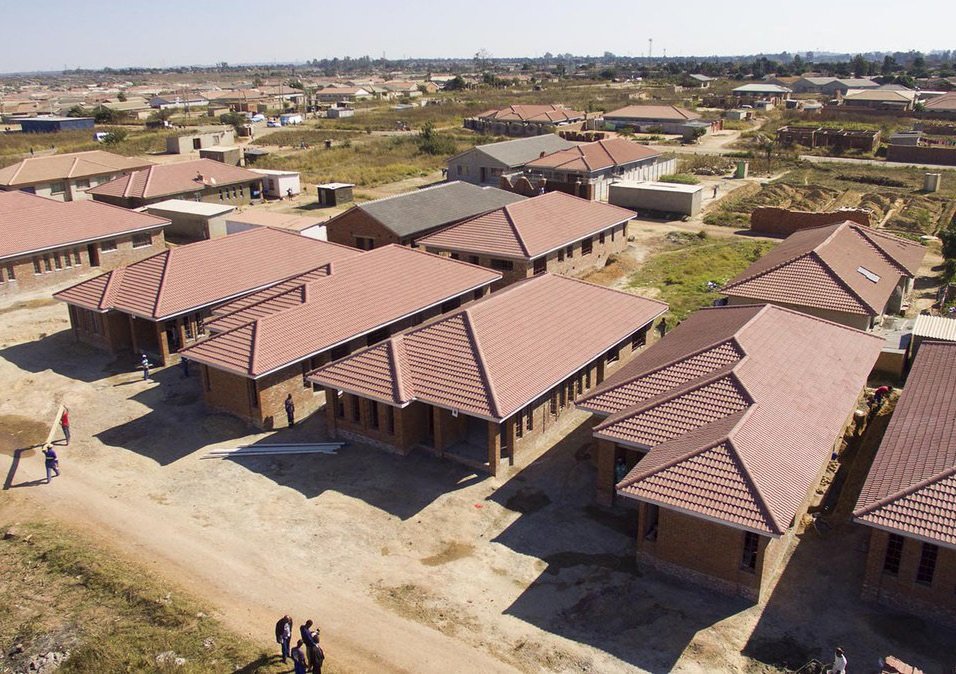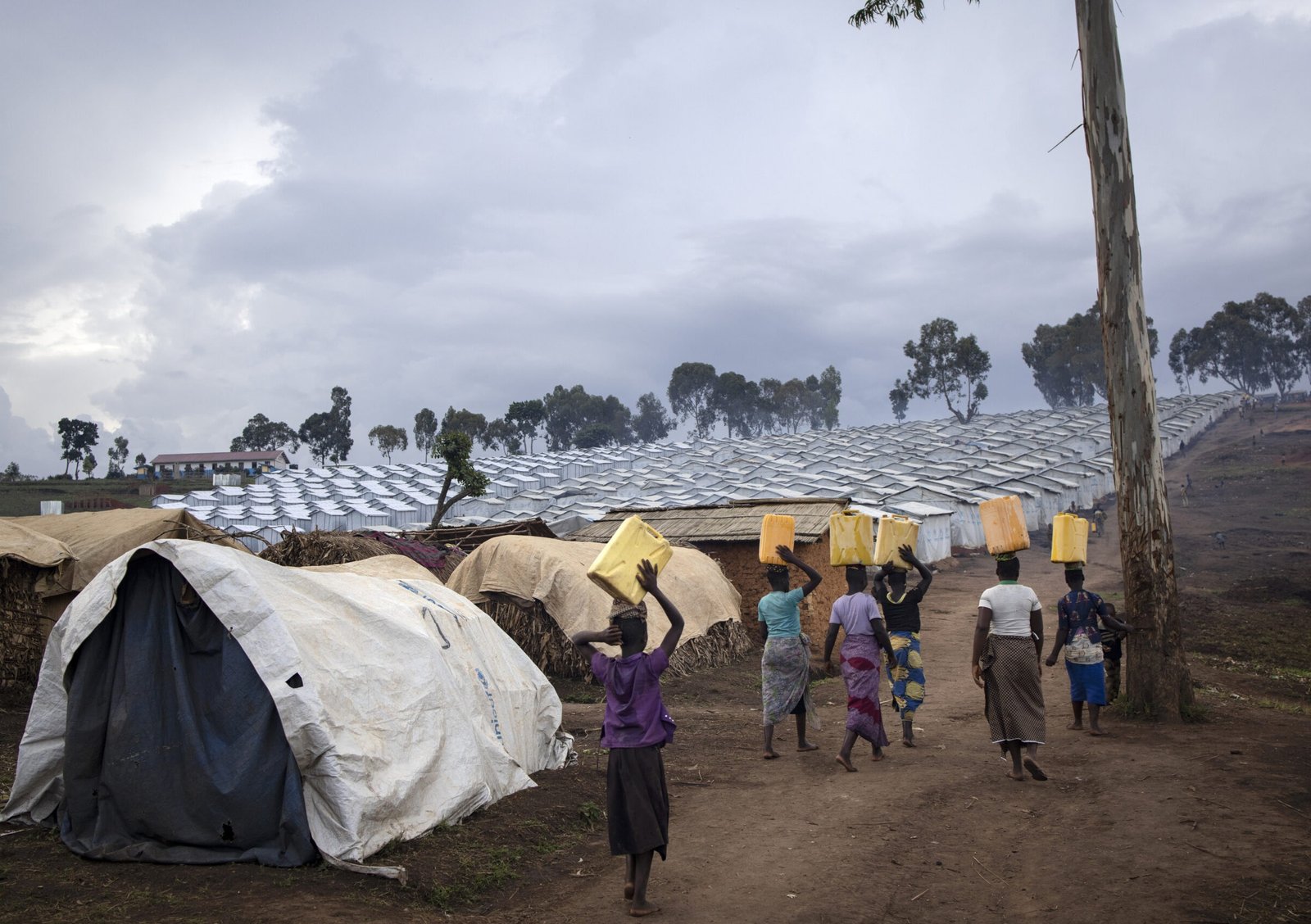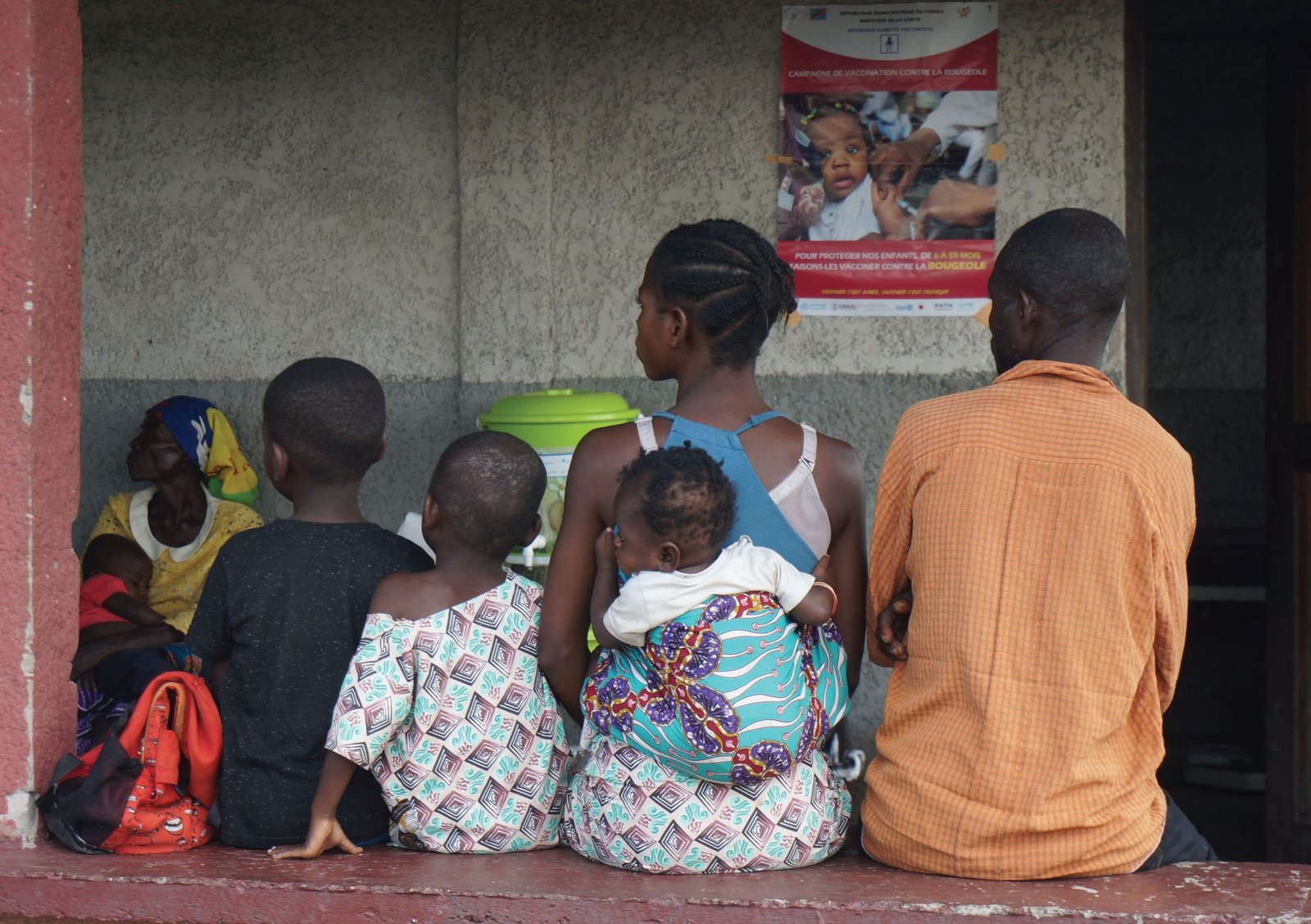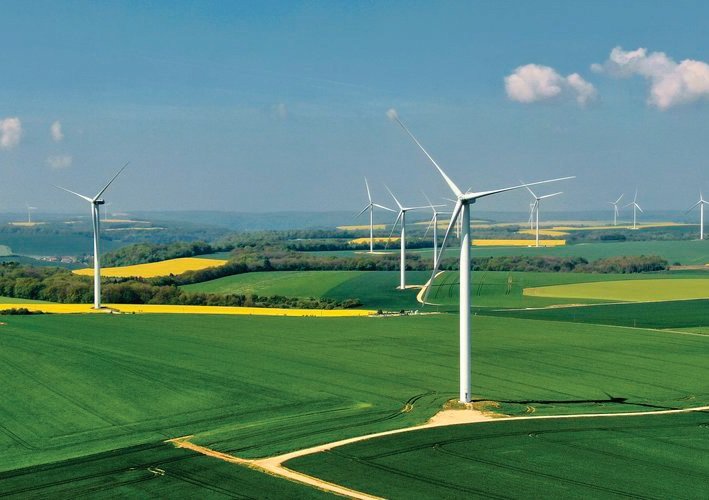Acceptance of any contribution, gift or grant is at the discretion of the Green Congo. The Green Congo will not accept any gift unless it can be used or expended consistently with the purpose and mission of the Green Congo.
No irrevocable gift, whether outright or life-income in character, will be accepted if under any reasonable set of circumstances the gift would jeopardize the donor’s financial security.
The Green Congo will refrain from providing advice about the tax or other treatment of gifts and will encourage donors to seek guidance from their own professional advisers to assist them in the process of making their donation.
The Green Congo will accept donations of cash or publicly traded securities. Gifts of in-kind services will be accepted at the discretion of the Green Congo.
Certain other gifts, real property, personal property, in-kind gifts, non-liquid securities, and contributions whose sources are not transparent or whose use is restricted in some manner, must be reviewed prior to acceptance due to the special obligations raised or liabilities they may pose for Green Congo.
The Green Congo will provide acknowledgments to donors meeting tax requirements for property received by the charity as a gift. However, except for gifts of cash and publicly traded securities, no value shall be ascribed to any receipt or other form of substantiation of a gift received by Green Congo.
The Green Congo will respect the intent of the donor relating to gifts for restricted purposes and those relating to the desire to remain anonymous. With respect to anonymous gifts, the Green Congo will restrict information about the donor to only those staff members with a need to know.
The Green Congo will not compensate, whether through commissions, finders' fees, or other means, any third party for directing a gift or a donor to the Green Congo.
Refund Policy
At GreenCongo, we value the trust and support of our donors and supporters. We believe in transparency and aim to provide detailed insights into our refund and cancellation policy. Please review the comprehensive details outlined below:
1. Donations
- Final and Non-Refundable: Donations made to GreenCongo are considered final and non-refundable. We appreciate your commitment to our cause, and these contributions play a vital role in supporting our environmental conservation efforts.
- Error in Donation Process: In the rare event of an error during the donation process, such as a duplicate transaction or an incorrect donation amount, please promptly contact our support team. We are committed to resolving any issues to ensure a seamless and accurate donation experience.
2. Event Registrations and Ticket Sales
- Diverse Events: GreenCongo organizes a range of events and programs to raise awareness and funds for our initiatives.
- Refund Process: Refunds for event registrations and ticket sales will be processed according to the specific policies outlined for each event. These details will be clearly communicated during the registration or ticket purchase process.
3. Subscription-based Services
- Services: GreenCongo may offer subscription-based services, including monthly donations and membership programs.
- Cancellation Procedure: To cancel or modify subscription-based services, kindly contact our support team or use the designated online platform. Please provide sufficient notice before the next billing cycle for timely processing.
- Refund Terms: Refunds for subscription-based services are subject to the terms and conditions outlined during the initial subscription signup. We appreciate your understanding and cooperation.
4. Merchandise and Product Sales
- Various Offerings: GreenCongo offers various merchandise and products, such as eco-friendly items or promotional materials.
- Refund Consideration: Refunds or exchanges for merchandise and product sales will be assessed on a case-by-case basis. If you receive a defective or damaged item, please promptly contact us with relevant details and photographic evidence.
5. Communication and Dispute Resolution
- Customer Support: For any inquiries, concerns, or requests related to refunds or cancellations, our dedicated customer support team is available to assist you.
- Fair Resolution: We are committed to addressing your concerns and resolving issues in a fair, transparent, and timely manner. Your satisfaction is important to us.
6. Policy Updates
- Flexibility: GreenCongo reserves the right to modify or update this refund and cancellation policy as necessary to adapt to evolving circumstances.
- Communication of Changes: Any changes to the policy will be communicated through our official website or via direct communication channels to ensure you are well-informed.
7. Tax-Deductible Contributions
- Tax Implications: Donors should be aware that donations to GreenCongo may be tax-deductible. We encourage you to consult with a tax professional to understand the implications and benefits of your contribution.
- Receipts for Tax Purposes: GreenCongo provides donation receipts for tax purposes. If you require a receipt, please ensure your contact information is accurate, and promptly contact our support team if there are any discrepancies.
8. Acknowledgment of Support
- Recognition: GreenCongo acknowledges and appreciates the support of our donors. With your consent, we may publicly recognize your contribution through our website, social media channels, or other communication platforms.
- Anonymous Contributions: If you prefer to remain anonymous, please inform our support team, and we will respect your wishes by not publicly disclosing your name or details.
9. Impact Reports and Transparency
- Impact Updates: GreenCongo is committed to transparency. Periodically, we provide impact reports detailing how donor contributions have been utilized in our environmental conservation initiatives and community programs.
- Real Impact: These reports showcase the actual outcomes of your support, illustrating the positive changes in the communities we serve and the progress made toward our shared goals.
10. Donor Privacy
- Confidentiality: GreenCongo respects the privacy of our donors. All donor information is treated with the utmost confidentiality and is not shared with third parties for marketing or solicitation purposes.
- Opt-Out Option: If you wish to opt out of receiving certain communications or have specific preferences regarding the use of your information, please communicate your preferences to our support team.
Please note that GreenCongo is committed to maintaining the highest standards of integrity, and all funds received are utilized for environmental conservation initiatives and community programs. We appreciate your understanding and support of our mission.







